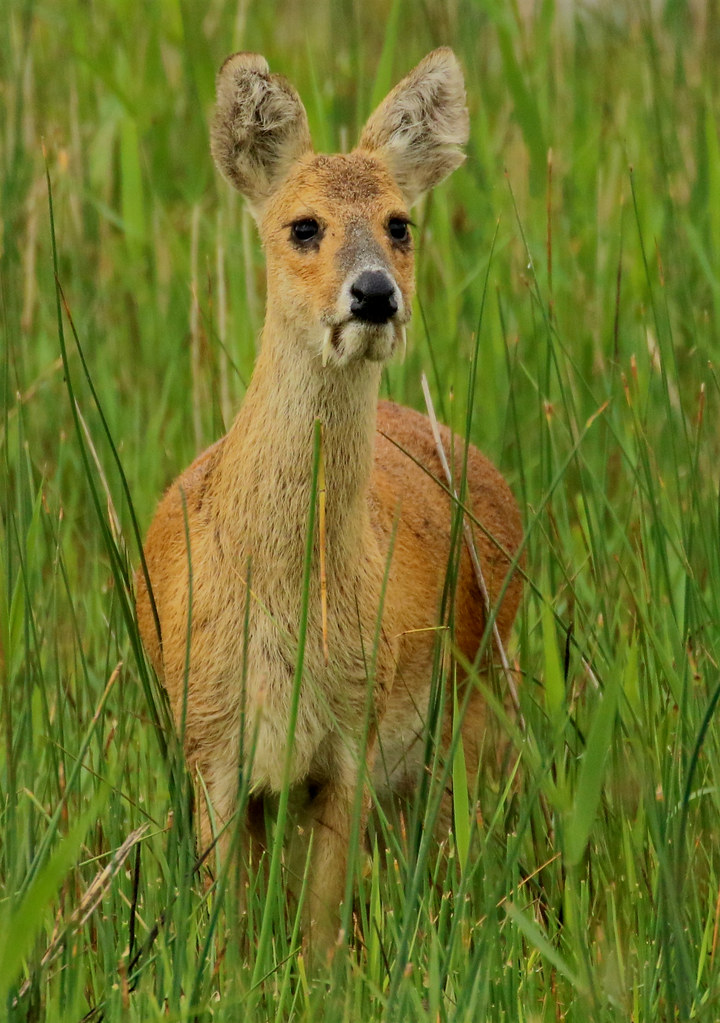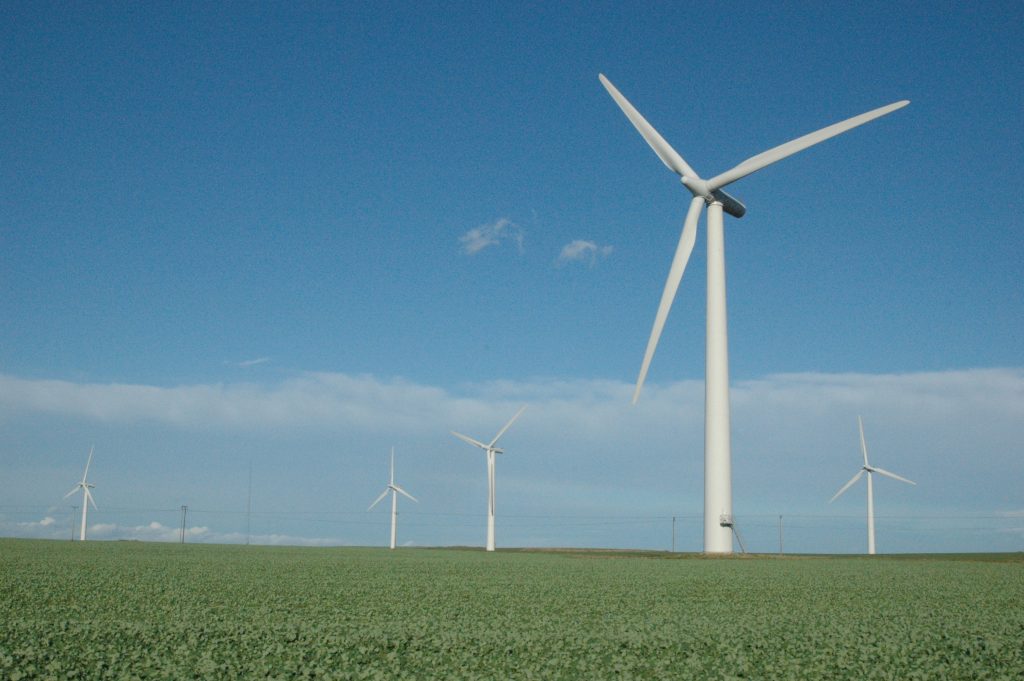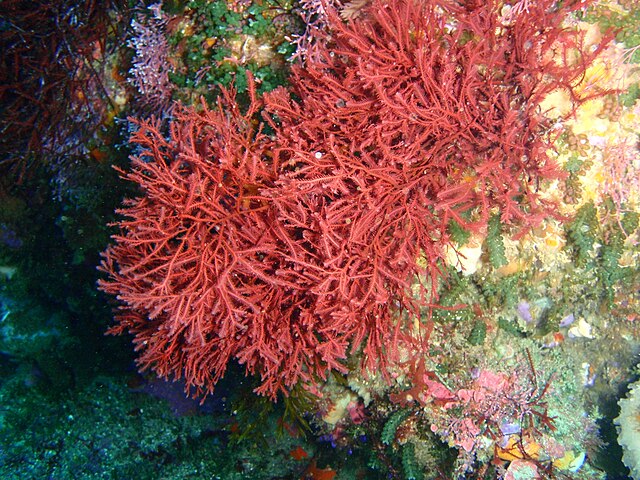This is a post origially put out 2 years ago, however, I found the video had not worked, so here it is again.
There are still sizable areas of protected land in Java, and in 2017 a warden took the below photo.
Now I am unsure about this picture but would be pleasantly pleased to be proved wrong.
If not, the Javan tiger is very similar to the Sumatran tiger. As such, with a recovery in the wild Sumatran population if a reserve is not suffering poaching, it would be possible to bring the tiger back to Java.
There has been no more sightings of this animal, which suggests that this sighting cannot have been real, but who knows.
It should be noted, that while rangers decided that it must be showing a leopard, this is still exciting. This is because, while a leopard is not a species declared extinct 48 years ago, the Javan Leopard is a species that is highly threatened. The current estimate of the population of this leopard species is between 188-571, most likely around 250 leopards is an accurate figure.
The video below is a clip filmed of the Javan leopard






